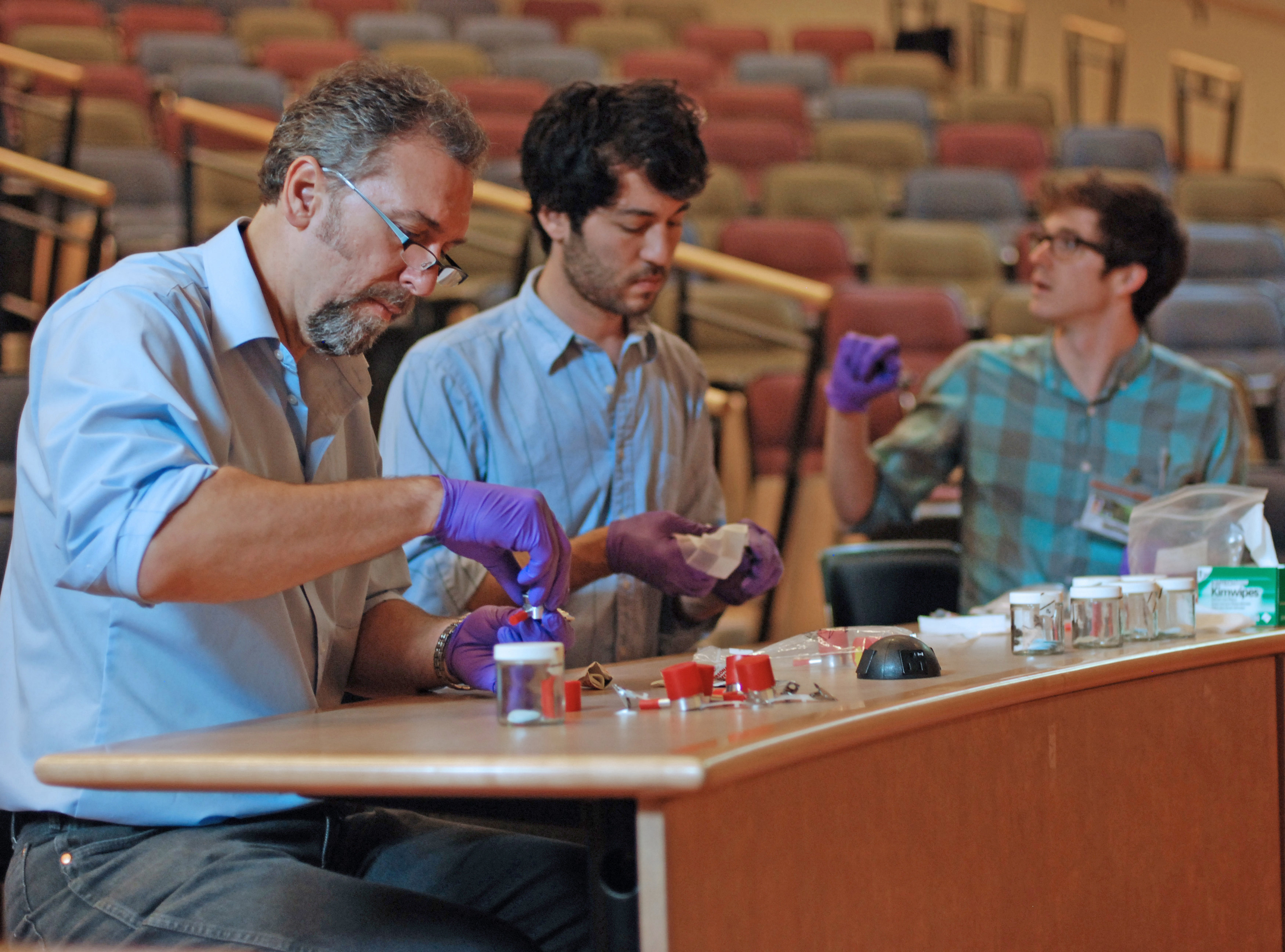Daylight and natural ventilation are cornerstones of designing for human comfort and crafting engaging places that people seek out over and over. Well considered daylight and views and natural ventilation bring vitality to spaces and connect them with the time of day and seasons and current weather events. Being alert to nature's rhythms and beauty are treasured daily experiences that benefit the mind, body and spirit, and they can be of particular value in healthcare settings to enhance patient healing and staff satisfaction.

I have long been passionate about making buildings that embody these qualities and finding ways to not increase their cost. The secret is to integrate their systems so that each gesture performs in several ways. Tuning apertures and mechanisms to the needs of the people inside also achieves results striking in their aesthetic appeal. I thought I thoroughly understood this concept when the University of Oregon's Energy Studies in Buildings Laboratory (ESBL) brought a fresh dimension to my attention, and not for the first time!
Over the past 15 years, I've enjoyed a great adventure of discovery collaborating closely with the Lab and its director, G.Z. "Charlie" Brown. Recently, ESBL embarked on studying buildings as environments for microbial communities. Their goal was to understand how buildings and their systems affect their microbial inhabitants. They asked, "Could these microbes in turn impact people occupying the same spaces?"
Not surprisingly, hospital patient rooms became a research subject. While recognizing that some microbes are helpful and some are harmful, ESBL wanted to know whether the type of air circulation made a difference. What they found is that the source of ventilation air, airflow rates, relative humidity and temperature are all correlated with the diversity and composition of indoor microbial communities. In particular, the filters involved in mechanically ventilated rooms were revealed as a key variable. What does this mean? ESBL is continuing to investigate in order to improve our knowledge and choices.
Oh my! Although we spend 90% of our lives inside buildings, we still have a lot to learn about their biology. Now we have a fresh lens to look through in making sustainable design decisions. Coming to understand buildings as complex ecosystems housing trillions of diverse microorganisms will help in creating long-term solutions that promote both human and environmental health and well-being.

